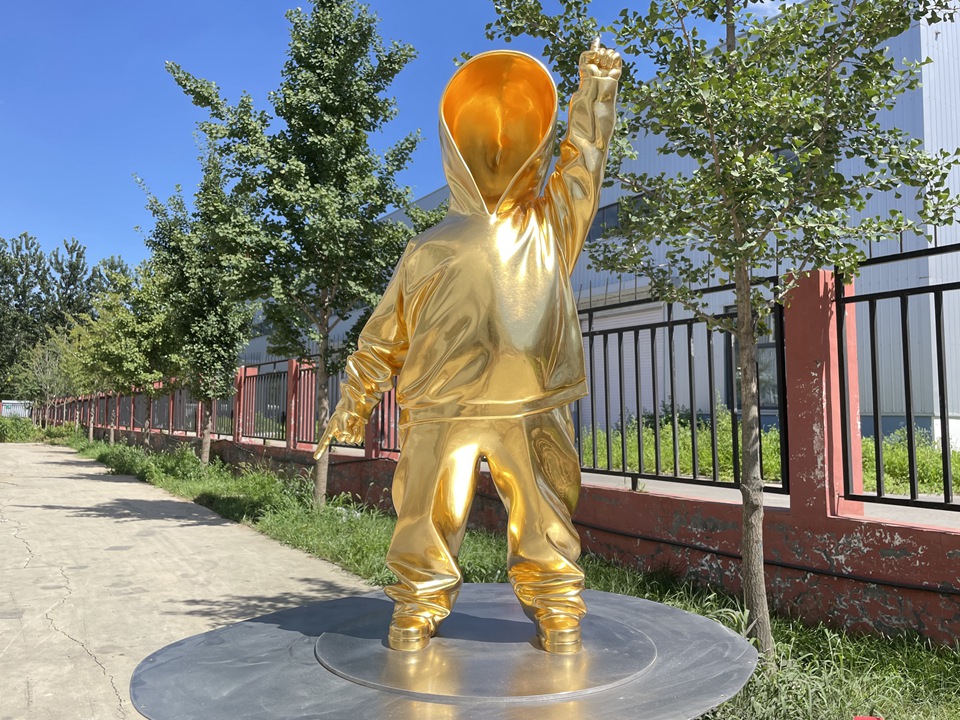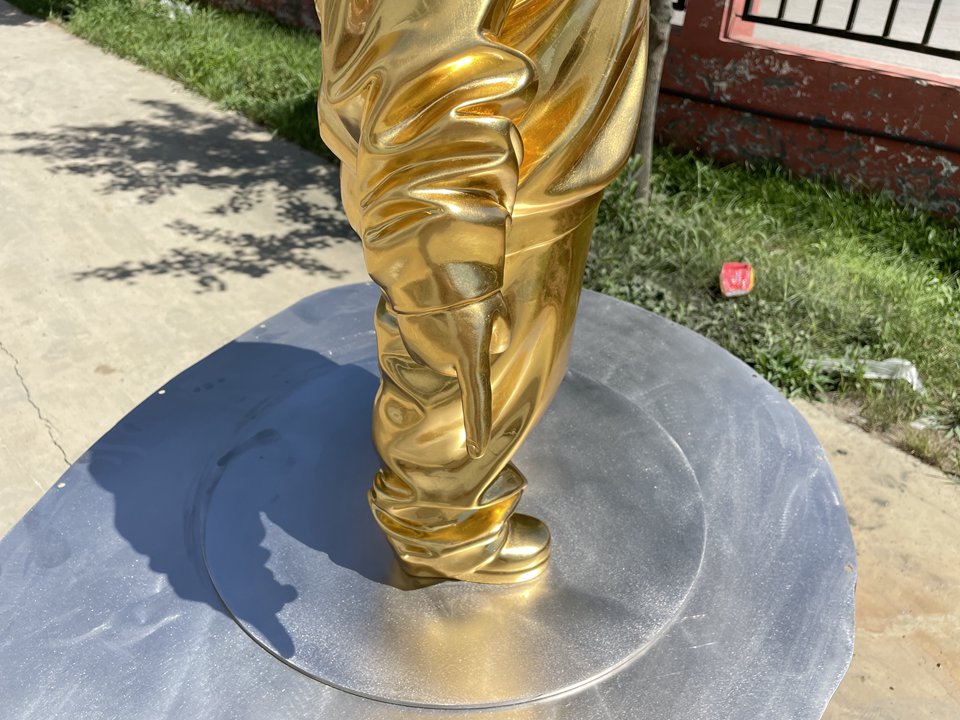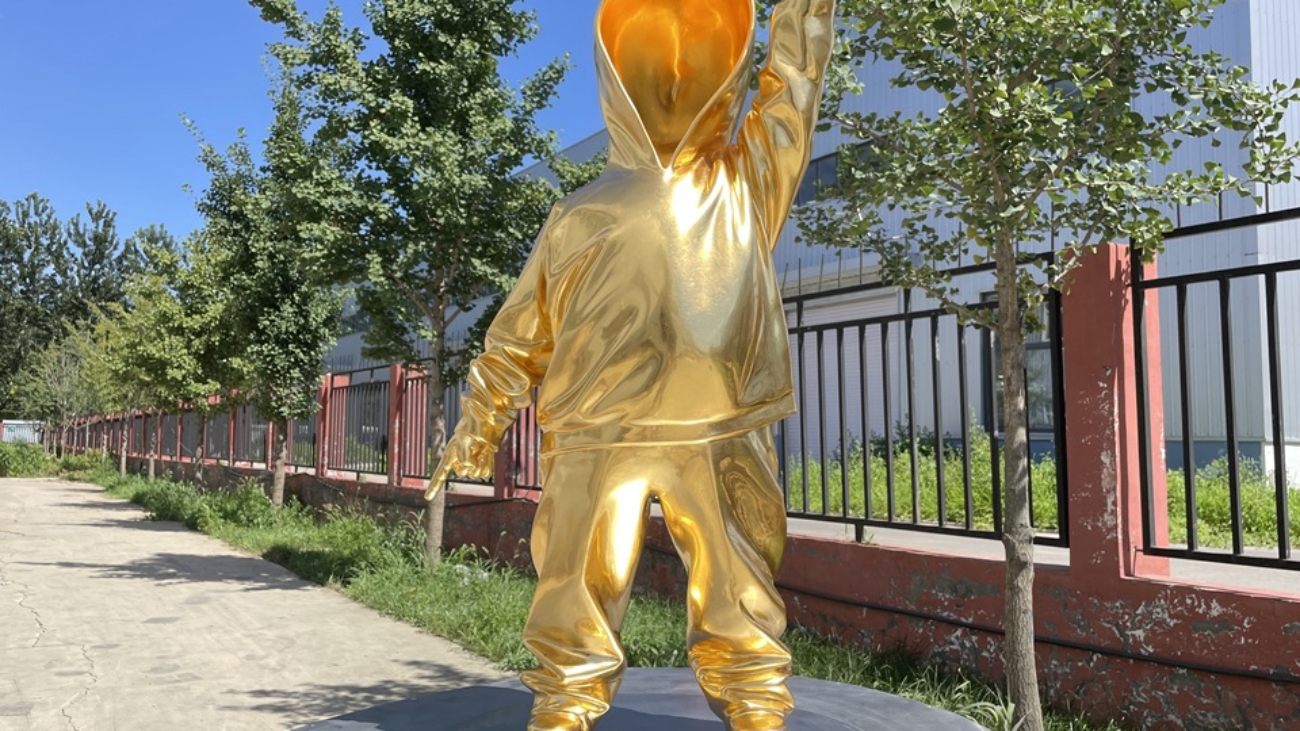Making a bronze sculpture is more than just a craft; it’s a conversation between the artist and the material that turns hot metal into art that will last forever. Bronze is a popular choice among sculptors who want to leave their mark for centuries, as it is both durable and prestigious. Learning the ins and outs of constructing a bronze sculpture can open up new creative possibilities for you, whether you’re an experienced artist or just starting. Let’s look at the several stages, techniques, and new ideas that make this old yet always-changing art form what it is.

The Plan for Making a Bronze Sculpture: From Idea to Clay
Most of the time, sketches or digital models are used to help people picture the idea for a bronze sculpture. But the real magic arrives when the idea becomes a three-dimensional object. Most of the time, artists start with clay or wax and shape it by hand or with equipment like calipers and loop tools. You need to be patient throughout this step because even small changes can change the piece’s balance or expression.
A lot of modern sculptors use 3D modeling software to improve their concepts before they start sculpting them in real life. This mixed method lets you take accurate measurements and make prototypes quickly, which lowers the chance of making mistakes later on. But many purists think that nothing can equal the feeling of molding clay. Sculptor Elena Marquez agrees, saying, “The clay tells me where to go.” “It’s a talk, not an order.”
After the clay model is done, a silicone mold is made to capture every detail. This mold will be used to make the wax model, which will eventually become the skeleton of the bronze sculpture.
The Lost-Wax Method: The Key to Making a Bronze Sculpture
The lost-wax casting method, which goes back to 3000 BCE, is still the most important way to make bronze sculptures. After making a wax model from the silicone mold, artists add wax rods called “gates” to make a channel system. These gates will help the molten bronze get into every crack in the sculpture later.
After that, the wax model is put within a ceramic shell that can handle heat. This process takes days to make sure the thickness is even. The shell is put in a kiln once it has dried, which melts the wax and leaves a hollow space. This is why it is called “lost-wax.” This is where the magic happens: the shell is filled with molten bronze that has been heated to 1,200°C (2,192°F).
It takes skill to cool the metal. If you rush this phase, the metal may split or have uneven textures. If you wait too long, the metal may become brittle. Artists often utilize ovens that can be set to a certain temperature to manage the process and make sure the sculpture keeps its shape.
Chasing and Patination: How to Make Your Bronze Sculpture Come to Life
After the bronze has set, the ceramic shell is carefully broken away to show a sculpture that is rough but still looks like what it is. This is where “chasing” starts, which is a careful process of employing chisels, hammers, and sandpaper to smooth off the surface. Artists fix flaws, change how things seem, and make the changes between textures smoother. Chasing can take weeks for big pieces and requires both muscle and a steady touch.
The last step is patination, which is when chemicals are used to give a sculpture its own particular color palette. For browns, traditional patinas employ oxidizing chemicals like ferric nitrate, while for greens, they use cupric sulfate. But modern artists use acrylics and waxes to make bright colors. Some people even bury their sculptures in the ground or leave them outside to get effects that look old and natural.
Patination isn’t simply for looks; it also keeps copper from rusting. The Greek “Charioteer of Delphi” is an example of an ancient artifact that has a patina that has lasted for hundreds of years. But modern sculptors are going beyond what is possible. Raj Patel, an artist, uses patination and LED lighting to make sculptures that change color depending on how you look at them. This is a mix of old and new.

Why put money into making a bronze statue?
Bronze sculptures are more than just pretty things; they are investments in art and culture. Bronze ages well, unlike resin or plaster. It gets a patina that tells a story about the time and place it was made. People who collect bronze value it because it is rare and takes a lot of skill to make. The medium is quite flexible for artists, letting them make both fine filigree and huge shapes.
Making a bronze sculpture also helps you connect more deeply with the history of art. Every chisel mark is like something Michelangelo did, and every patina layer is like something Rodin did. Even though digital art is all the rage these days, bronze is still a monument to human creativity and the lasting power of making things with your hands.
In conclusion, making a bronze sculpture is always a good idea.
Making a bronze sculpture is a process of change, going from raw clay to molten metal and from rough cast to finished work of art. It takes technical expertise, artistic vision, and a willingness to accept flaws to do this. A bronze sculpture has the weight of history and the promise of legacy, whether it is in a gallery, a public park, or a private collection.
For those who are ready to start this adventure, remember that bronze is beautiful not only because it lasts a long time, but also because it may change. When an artist, material, and time work together, they can make something that lasts forever. So, get your tools ready, get your creative juices flowing, and start constructing a bronze statue that will inspire others for centuries to come.



Add a Comment